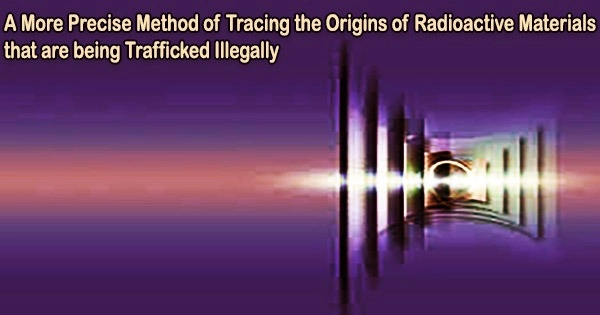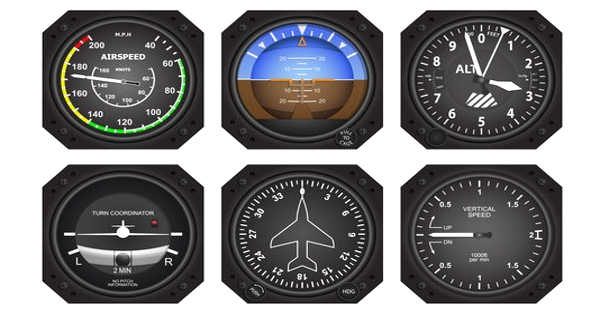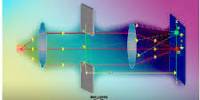Radioactive materials are substances that contain unstable atomic nuclei and emit radiation in the form of particles or electromagnetic waves. These materials are often associated with radioactivity, which is the spontaneous process of decay or disintegration of atomic nuclei.
The China Academy of Engineering Physics and Sun Yat-sen University, both in China, have a team of nuclear physicists and engineers who have created a more precise method to trace the origins of illegally trafficked radioactive materials. The team details their novel method and its accuracy in a study that was published in the journal Physical Review Letters.
The danger posed by illegally trafficked radioactive materials grows as more nations gain the expertise necessary to construct nuclear reactors for the purpose of generating energy or serving as a propulsion system for ships or submarines. Such material poses a threat as a component in dirty bombs.
Scientists have been working on methods to trace the origin of such materials as a means of monitoring those who have access to such technology and are prepared to sell it to terrorist organizations as part of the attempt to limit or stop such trafficking.
Currently, it is difficult to identify spent fuel that came from boiling water reactors (BWRs) versus pressurized water reactors (PWRs), which makes it nearly impossible to trace a sample back to its source.
The team in China has created a method for this new attempt that significantly enhances the capacity to tell the difference.
Forensic physicists hunt for hints to help determine the period it spent inside of a reactor, the degree of its enrichment, and lastly the reactor type in order to trace the origin of a sample of spent fuel.
Radioactive materials can be found naturally in the environment or can be artificially produced through nuclear reactions. These materials can pose health risks due to their ability to ionize atoms and damage living tissues.
The researchers examined the characteristics of spent fuel stored in databases that had information gathered over the previous 50 years in order to quantify and determine reactor type. They subsequently created linear equations that connected the quantities.
They then applied their equations to isotopes found in the databases, making adjustments to the equations based on the results. They discovered that they could determine the sources of materials coming from six different types of nuclear reactors by using some of the measurements of the materials to calculate other features.
The study team then used their equations to build a deep-learning AI network and tested it on a different dataset to identify differences between wasted fuel from BWRs and PWRs. They found it to be 91% accurate in identifying BWR sources and 95% accurate in identifying PWR sources.
















